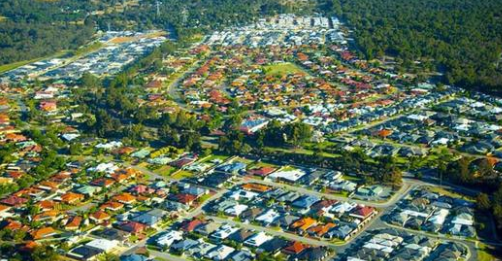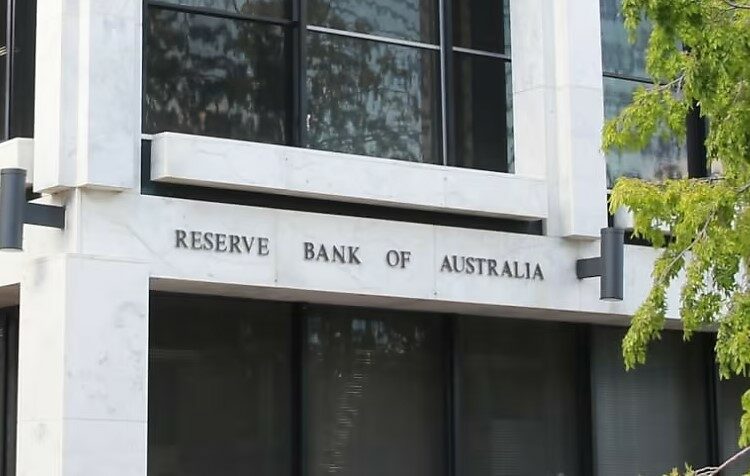While some of the major banks’ economists have revised down their peak estimates for the cash rate, a hike in August remains on the cards.
All eyes will be on the Reserve Bank of Australia (RBA) on Tuesday (1 August) as it meets to deliver its next monetary policy decision.
The RBA has raised the cash rate 12 times recently, to 4.1 per cent, having significant impacts on consumer spending habits and mortgage holders.
In its July minutes, the board said inflation was coming down and the burden of mortgage interest payments had reached a “record high in May”, which weighed on its decision to hold the cash rate in July.
As such, the latest economic data from the Australian Bureau of Statistics (ABS) shows retail sales had declined by 0.8 per cent in June, following a 0.8 per cent rise in May and a 0.1 per cent fall in April 2023, indicating further ongoing pressures on consumer spending.
In addition, the Consumer Price Index (CPI) data for the July quarter, reported a 0.8 per cent increase in inflation to 6 per cent, which was below market expectations.
As the RBA has a clear focus to bring inflation back down from its peak of 7.8 per cent in December 2022 and 7 per cent in the previous March quarter, the latest results may come as good news.
ANZ economist Madeline Dunk said the sharp fall in June retail sales supports the case for the RBA to maintain the cash rate at 4.1 per cent, attributing the slowdown in spending to rising mortgage payments and cost-of-living pressures.
ANZ expects the central bank to hold the cash rate at the current level of 4.1 per cent alongside NAB and AMP economists who have both revised down their projections.
NAB’s economics team, led by chief economist Alan Oster told Mortgage Business he expects a pause in August, with the potential of a further cash rate hike in September or October to a peak of 4.35 per cent.
But some economists remain unconvinced that the recent economic data will be sufficient to support keeping the rate on hold.
The upside surprise in employment data, with the unemployment rate remaining at a 50-year low of 3.5 per cent in May, forms some of the main reasons for a potential rate increase.
Meanwhile Westpac has revised its projection to a peak of 4.35 per cent, aligning with Commonwealth Bank (CBA).
Westpac’s senior economist Matthew Hassan argued that an increase in the cash rate at the August meeting would be appropriate.
“Previously we had a firm view that a follow-up increase in September would be required. We are now comfortable that maintenance of the tightening bias beyond August should be sufficient,” he said.
Renewed demand in the housing market is also supporting the case for a rate hike, with Domain’s House Price Report for the second quarter showing a sharp rise in combined capital house prices, marking a 2.7 per cent increase across the combined capitals.
“Activity, inflation and wealth effects resulting from the improving housing market will tend to make it more difficult for the RBA to achieve its inflation target,” Mr Hassan said.
CBA’s economist Belinda Allen agreed there was “enough evidence to suggest the path of least regret for the RBA is to lift the cash rate by 25 bps to 4.35 per cent in August”.
“This should provide an offset to any lingering risks in the inflation and wages outlook. We expect this to be the last rate hike of this cycle and for the RBA to be on hold until 2024,” Ms Allen said.
Despite differing opinions on the peak of the cash rate, economists generally agree that the RBA will continue its tightening stance until there is further evidence of slowing inflation and contained wage growth.


